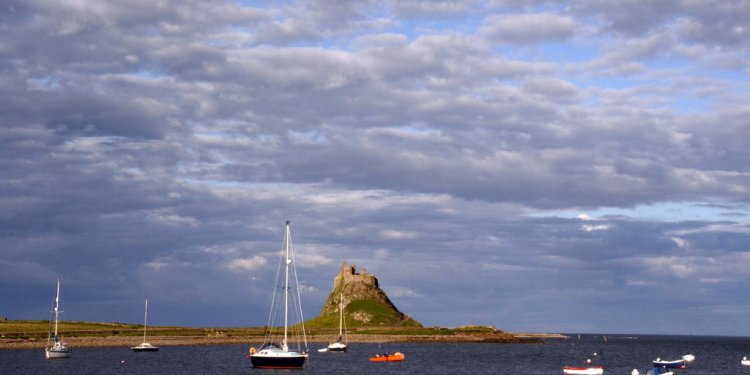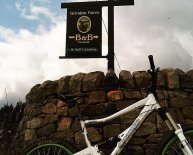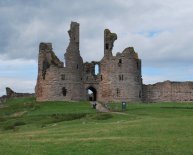
Islands off Northumberland
 PA
PA
Each year over 1, 500 seals are created regarding countries off the Northumberland coast, which are handled by the National Trust.
Rangers through the trust invest two months each autumn keeping track of the rate of success associated with the breeding seals with what is one of the biggest Atlantic gray seal colonies in The united kingdomt, with approximately population of 5, 000.
The arrival for the pups on islands begins as early as mid-September in certain years, and the majority are born in November, the nationwide Trust stated.
 Related articles
Related articles
Awaiting 1st seal pup become born is often a fantastic season
In 2014, 1, 740 pups were recorded, the best quantity since 1971, and the figure rose again in 2015 to 1, 876.
Nationwide Trust ranger Ed Tooth said: "too little predators and an abundant supply of sand eels and gadoids (cod) - which can make up a lot of the seals' diet - has contributed towards success of the colony.
"The seals have chosen a different sort of location due to their rookeries, the reproduction sites for the seals.
"Previously even more pups had been produced on the islands of North and South Wamses, however now many seals try to breed on Brownsman and Staple islands.
Significantly more than 1, 500 seals are created regarding the countries every year"it's resulted in death rates falling, possibly mainly because islands offer better defense against storms and high seas."
The rangers, who survive the hawaiian islands for nine months of the season, count the seals every four times provided that the weather allows, and youths are dispersed with a harmless dye to show the week they're produced to allow the preservation staff to help keep monitoring of the the figures.
The seals tend to be influenced by their particular mommy's milk for 16 to 21 times before these are generally weaned and then its another few weeks before they lose their smooth white infant coats and heavy grey waterproof fur comes through.








